先看卷曲图
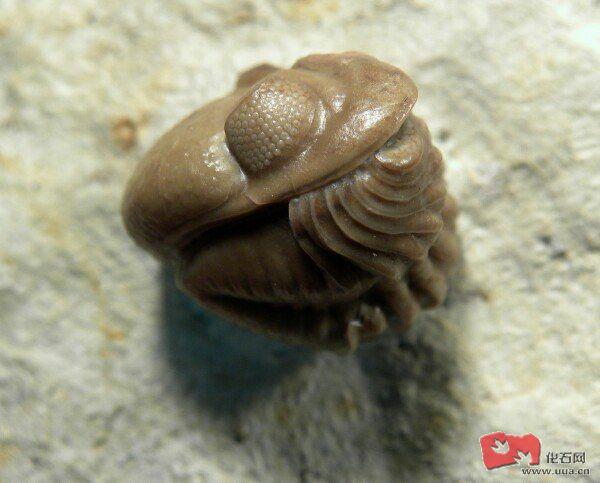
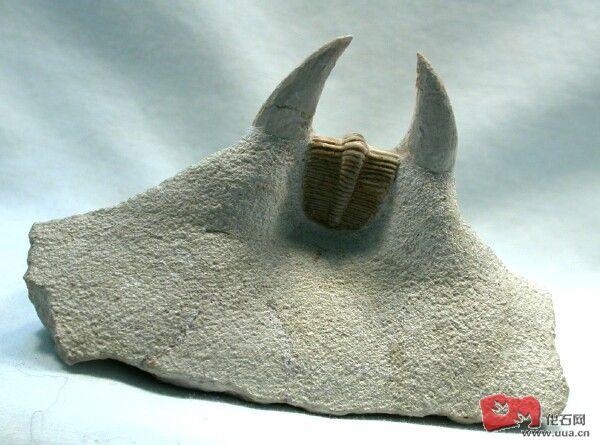
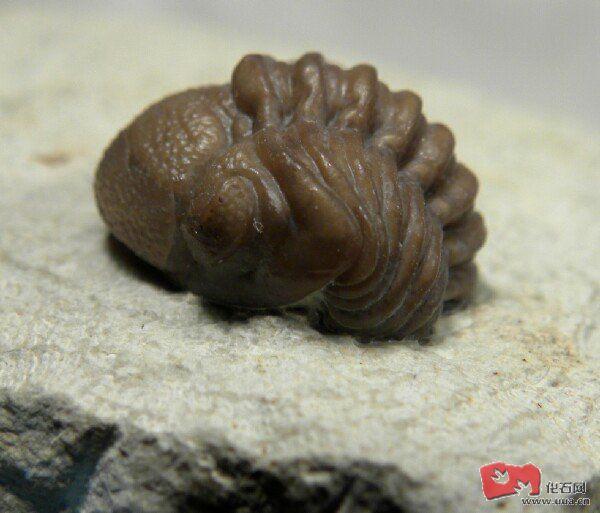
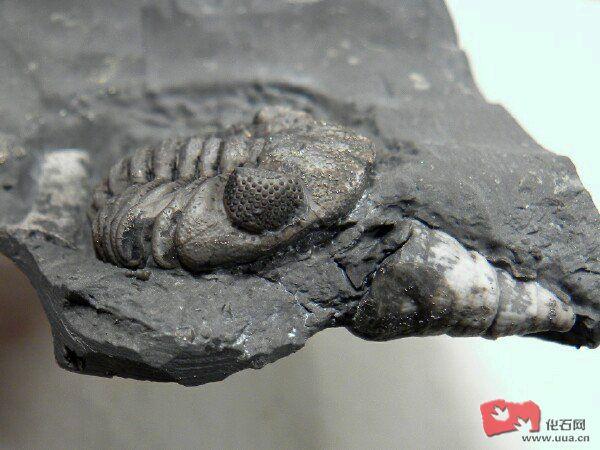
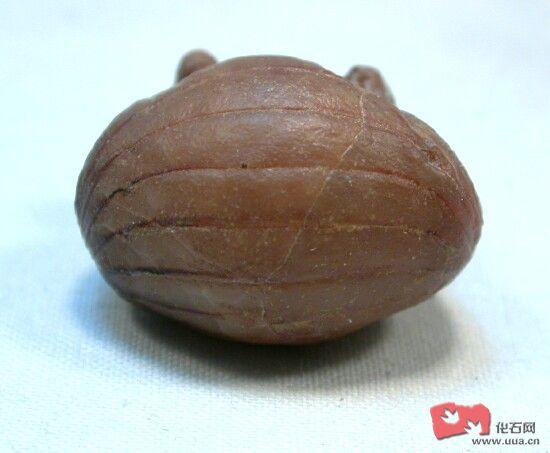
什么是卷曲?
大多数三叶虫可以 卷曲 为一个小球, 如西瓜虫一样,头尾相接,包住足与触角,用周身坚硬的外壳来保护自己的脆弱的触角和足,这是三叶虫最为奇特的功能,这种高效率的保护功能也是三叶虫能长治久安的一个原因。
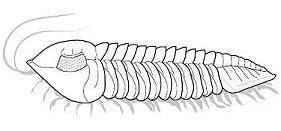
三叶虫是怎么卷曲的?
一般来说,卷曲由三叶虫胸节内部的肌肉完成,弯曲有弹性的体壁,使原本重叠的胸节弯曲。一些现代节肢动物,如甲壳等足类动物,也同样能参加到卷曲的紧凑,能够抵抗敌人的典型球形。上面的例子显示了一个三叶虫的的卷曲:Acaste downingiae 。 请注意四肢和触角都藏在外骨骼以下,有一些专门帮助卷曲结构,称为 vincular furrow ,(见下文)。
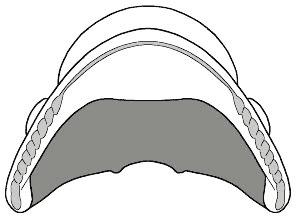
Vincular furrow and notches
Here is the underside of the cephalon of the phacopine trilobite Paciphacops. When enrolled, it would appear rather similar to the enrolled Phacops at the top of this page. The dark grey area is the large concavity of the cephalon, where anterior organs and limbs would be. The lighter grey narrow arch-shaped feature is the vincular furrow, and the vincular notches are the rope-like scalloped lobes arranged at the bottom left and right of the vincular furrow. The furrow accomodates the edge of the pygidium on enrollment, and the notches accomodate the rounded ends of the thoracic pleural segments, forming a near-perfect, tight fit (coaptation). One rounded thoracic pleural termination would fit into each of the vincular notches (see the animated enrollment of Acaste above)
这个我不太了解,请大家看原文
一个特殊卷曲
三叶虫尾巴和头上的刺,经过卷曲。就更加具有保护力度
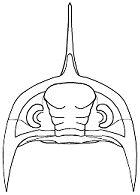
Dalmanites 的卷曲
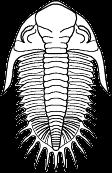
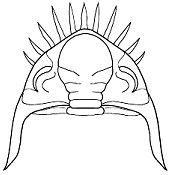
Comura的卷曲
卷曲的方式
Sphaeroidal enrollment
最常见的卷曲类型,能完全保护,尤其是isopygous和macropygous三叶虫,眼镜虫方式,这样使头部和胸节紧紧地卷在一起,更好的进行保护
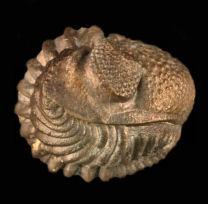
Double enrollment
原始的寒武纪三叶虫的卷曲方式,如micropygous Ellipsocephalus,
Discoidal enrollment
把身子藏在头下面,呵呵,他头太大还是好事
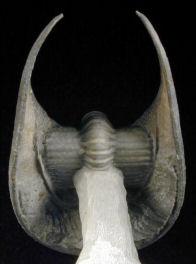
各种三叶虫的卷曲
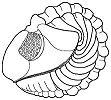
Phacops
sphaeroidal
PHACOPIDA
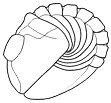
Asaphus
sphaeroidal
ASAPHIDA
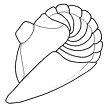
Pseudomegalaspis
sphaeroidal
ASAPHIDA
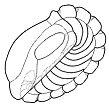
Ellipsocephalus
double
PTYCHOPARIIDA
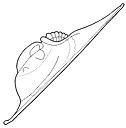
Harpes
discoidal
HARPETIDA

Agnostus
sphaeroidal
AGNOSTIDA
绝对精品,但并不是所有这个种的三叶虫都这样卷曲
还有几种特殊的卷曲
请注意在 Ellipsocephalus,看起来不能很好的保护,其实有没有暴露或四肢软腹面。
最后,下面是两个三叶虫,很漂亮,很特殊
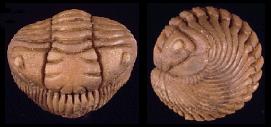
Pliomera ,Cheiruridae ,Phacopida

Illaenus bayfieldi,Illaenidae ,
耸棒头虫
(本文为化石网论坛精华帖,由网友铜钱豹提供,仅供大家学习参考。)
编辑:常君滢
